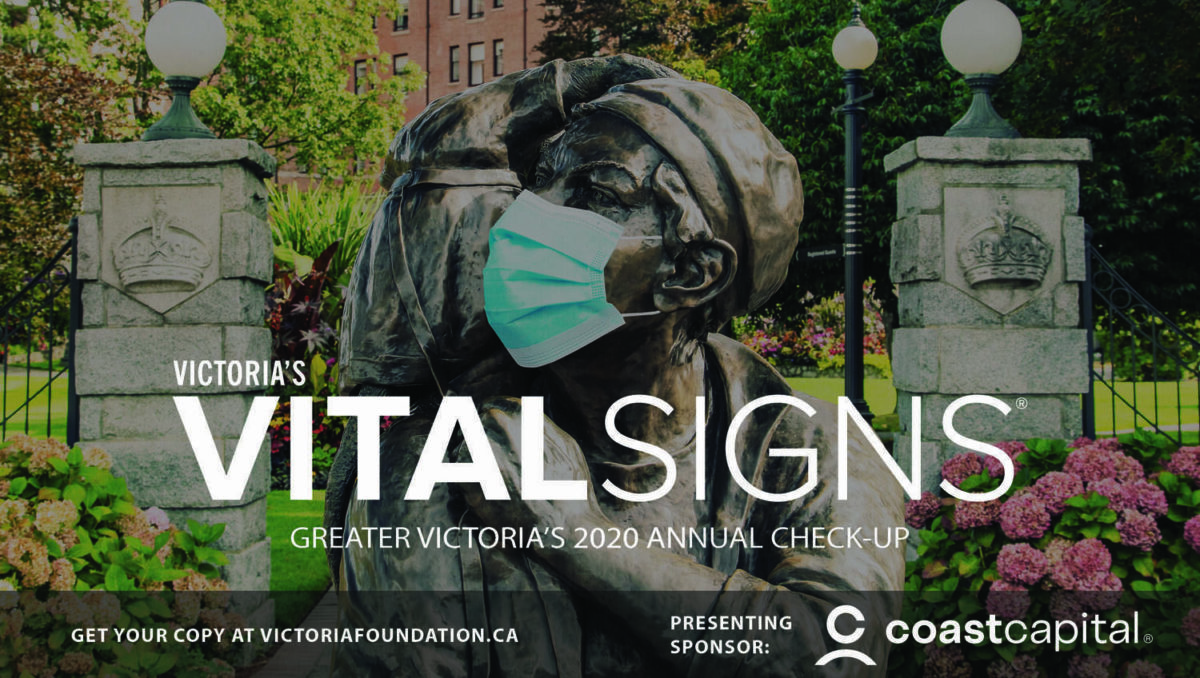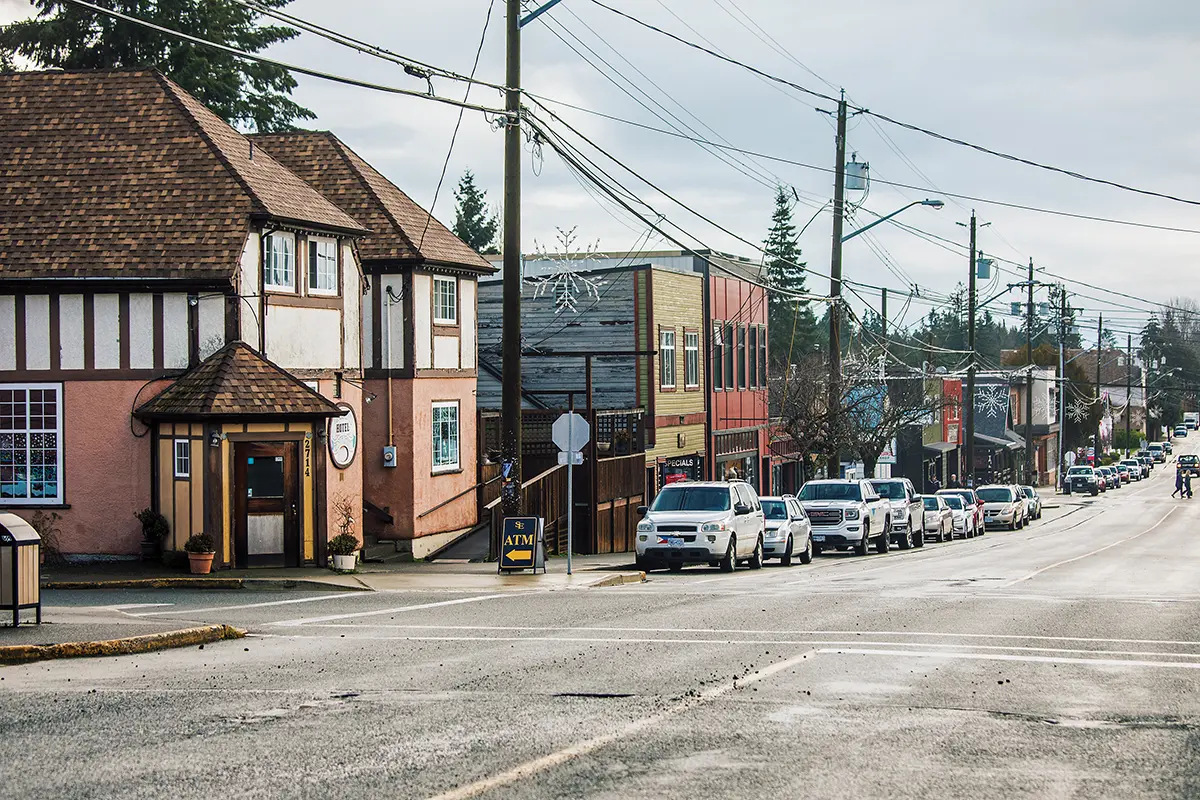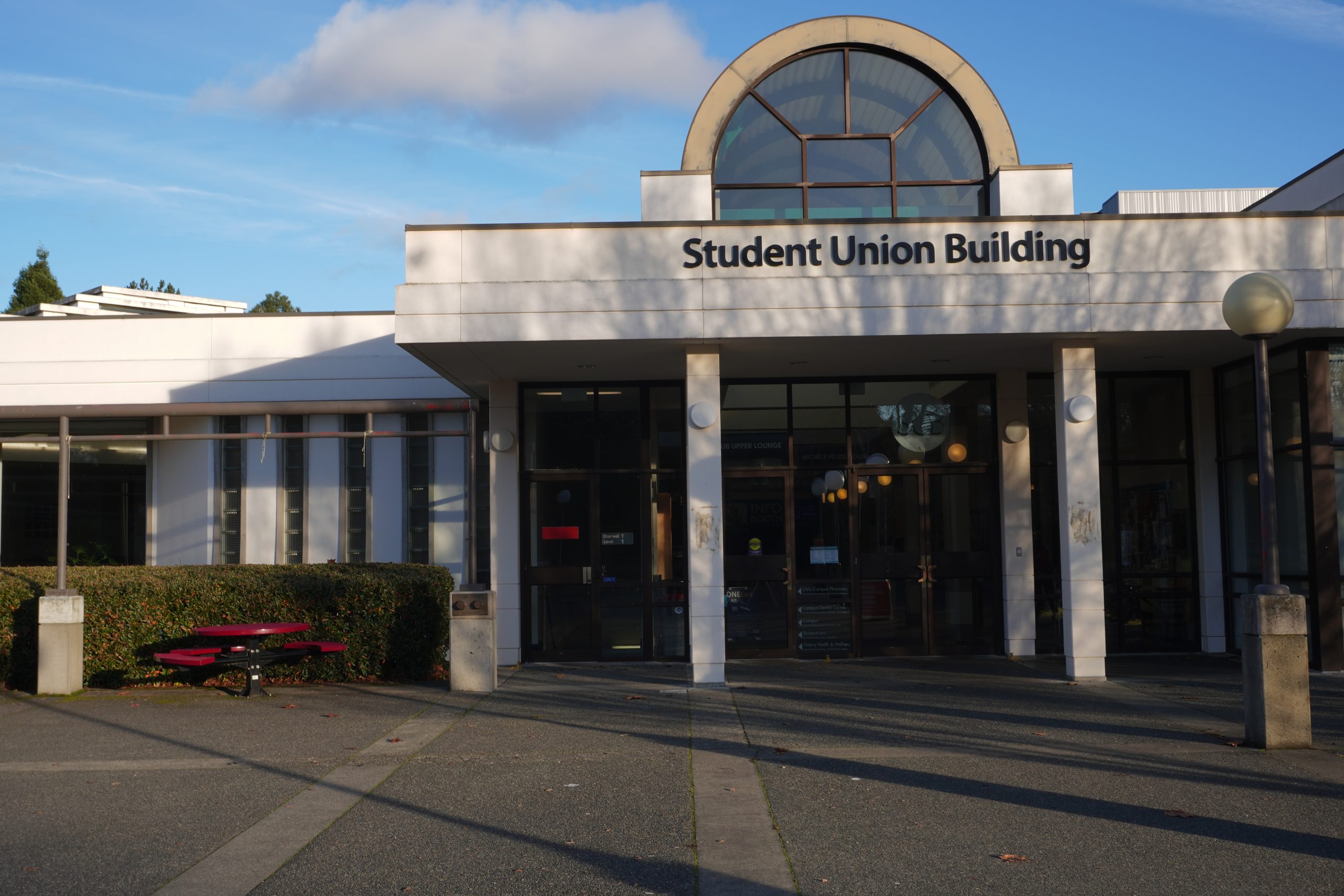Cost of living and housing among top issues reported

Every year, the Victoria Foundation releases the Vital Signs report. Described as Greater Victoria’s “annual check-up,” the report is intended to identify concerns and connect philanthropy to community needs. The report is compiled from a survey conducted by Leger, completed this year by 3 757 respondents, and is supported by data from other sources that the Foundation includes to contextualize the responses.
The survey respondents grade Greater Victoria’s quality of life across 12 issue areas based on their own experiences. The average overall grade for 2021 was a B. Victoria also earned a B in 2020, down from a B+ in 2019. The Sports and Recreation and Learning categories received the highest grades (B+) which is an increase from the B they both earned in 2020.
“The whole report is divided into different issue areas. Depending on what a young person is interested in, there could be some really valuable information,” said Zahura Ahmed, strategic initiatives senior associate for the Victoria Foundation. “It’s a really good resource to just get some of that tidbit of information and data on the different issue areas.”
Ahmed referenced work she had done with high school students and their concerns regarding housing, environment, and mental well-being, which she says may also be relevant concerns for university students.
According to this year’s survey, the most important issues facing Greater Victoria today are cost of living, housing, homelessness, addictions, and mental illness, in that order.
In 2021, one of the two areas that received the lowest grade of a D+ was Housing. The housing category received the same grade in 2020. The report includes data on housing prices from the Victoria Real Estate Board, with the median sale price for a single-family home having increased from $837 500 in May 2020 to $1 million in May 2021.
The other issue area with a grade of D+ was Getting Started. The category includes information from Statistics Canada on youth unemployment in Victoria, which was at 14.6 per cent in 2020, having risen from 6.4 per cent in 2019 and 2018.
Jonathon Dyck, director of communications for the Victoria Foundation, pointed to the increase from a B- to a B for Transportation, the highest grade that that category has received over the last eight years. Dyck said cycling infrastructure was a significant contributor to the grade.
“As of Jan. 1 this year, there’s approximately 905 kilometers of bikeways in the capital region and 15 kilometres were added last year,” said Dyck.
The Foundation chose Equity and Inclusion as the theme of this year’s Vital Signs. As well as collecting direct statistics, the report included Equity Snapshots under each area with the data assessed with an equity and inclusion lens. Under the housing section, for example, the report included information about several recently launched projects by the Aboriginal Coalition to End Homelessess.
To further conceptualize the report, articles by prominent local people were also featured online. Guest authors included Brishti Basu, a journalist with Capital Daily; Charla Huber, director of communications and Indigenous relations for M’akola Housing Society and a weekly columnist for the Times Colonist; and Macayla Yan and Dr. Fred Chou, a master’s graduate student and an assistant professor in the UVic Department of Educational Psychology and Leadership Studies. These articles are all focused on the year’s theme, Equity and Inclusion.








